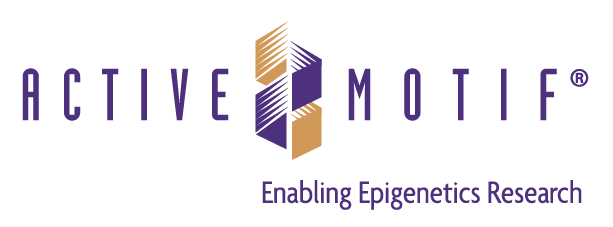COS-7 nuclear extract (CoCl2 treated)
COS-7-nuclear-extract-CoCl2-treated-AM40600
Synonyms
| Name | Format | Cat No. | Price | Delivery |
|---|
Contents
2 x 100 µg of COS-7 nuclear extract (CoCl2 treated) at 2.5 µg/µl.
Background
COS-7 nuclear extract (CoCl2 treated) was prepared from subconfluent undifferentiated cell cultures of the Simian kidney fibroblast COS-7 cell line. The COS-7 cell line was derived from immortalizing the African green monkey CV-1 cell line by transformation with an origin-defective mutant of the SV40 viral genome that is replication-deficient but produces wild-type large T antigen. The large T antigen supports replication of and lytic growth of the SV40 virus as well as replication of SV40 promoter-containing plasmids. In addition to supporting propagation of the Simian SV40 virus, the COS-7 cell line is most commonly used in research related to replication and in transfection studies for the production of recombinant proteins.
Treatment of COS-7 cells with CoCl2 induces hypoxia. Hypoxia is a significant contributor to various developmental and pathophysiological processes. These include cell differentiation, wound healing, angiogenesis and various human diseases, including ischemia, cancer, heart disease pulmonary disease, and inflammation. Hypoxic conditions induce an increase in HIF-1, a transcription factor involved in mammalian oxygen homeostasis. This leads to upregulation of transcription of genes that promote cell survival in low-oxygen conditions, mainly the PI3K/Akt pathway that is important for cell survival. In addition, hypoxia induces proliferation and differentiation of various differentiating cell types, particularly those related to the neural system and vasculogenesis.
Application Notes
COS-7 nuclear extract (CoCl2 treated) is specifically recommended for 1) analysis of replication, 2) for transfection studies and 3) for studies related to hypoxia.
Extract Origin
Monkey Kidney, SV40 transformed
Extract Composition
COS-7 nuclear extract was collected in Lysis Buffer after a 16-hour incubation with CoCl2 (0.15 mM). The Lysis Buffer consists of 20 mM Hepes pH 7.5, 400 mM NaCl, 20% glycerol, 0.1 mM EDTA, 10 mM NaF, 10 µM Na2MoO4, 1 mM NaVO3, 10 mM PNPP, 10 mM β-glycerophosphate, 1 mM DTT and protease inhibitors. The protein content has been determined by a Bradford-based assay.
Quality Control
Each lot has been tested for HIF activation by using TransAM® HIF Kits. The signal intensity for HIF activation in each lot is compared to the signal intensity obtained with extracts from unstimulated COS-7 cells (see figure). After the signals are blanked, the ratio of the signals from stimulated cells over unstimulated cells must be above 4. This ratio may vary depending on the basal level of HIF activation in a given cell type.
